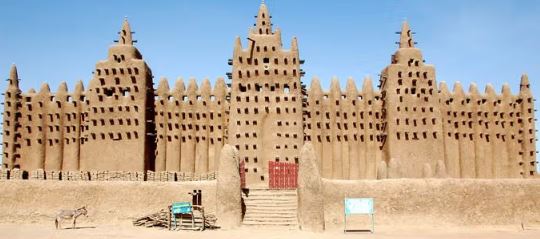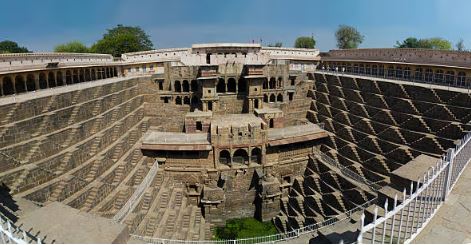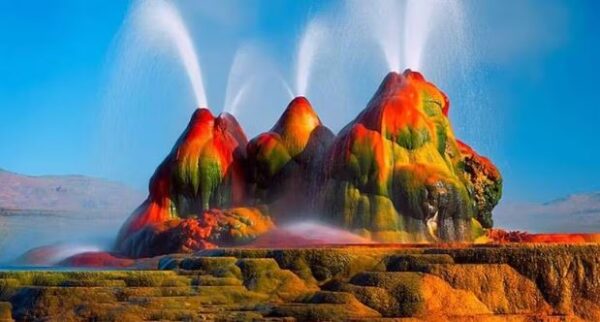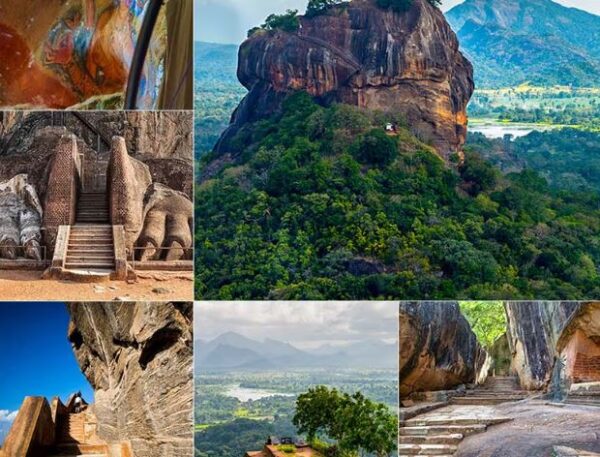Lifestyle
7 wonders of the world you may have never heard of

When we think about the wonders of the world, we imagine famous landmarks like the Great Wall of China, the Taj Mahal, or the Pyramids of Giza.
These incredible structures have fascinated people for centuries and are widely recognised as some of the most impressive achievements in human history.
However, there are many other lesser-known wonders that are just as remarkable, yet they don’t get the same attention.
1. The Banaue Rice Terraces, Philippines

Located in the mountains of the Philippines, the Banaue Rice Terraces are an ancient marvel of agricultural engineering. These terraces were carved into the hillsides by the Ifugao people over 2,000 years ago using only simple tools. The terraces cover an area of about 4,000 square miles and are still used to grow rice and vegetables today. What makes them even more impressive is how they were built to follow the natural contours of the land, creating a stunning green landscape that changes with the seasons. The Banaue Rice Terraces are referred to as the “Eighth Wonder of the World” by the locals due to their beauty and cultural significance.
2. The Derinkuyu Underground City, Turkey

Hidden beneath the surface of Turkey’s Cappadocia region lies the Derinkuyu Underground City. This massive underground complex was carved out of soft volcanic rock and extends more than 280 feet deep. It was built thousands of years ago to serve as a safe haven during times of war and invasion. The city could house up to 20,000 people along with their livestock and food supplies. It features living quarters, kitchens, storage rooms, and even a church. Derinkuyu is one of the largest and most elaborate underground cities in the world, showing the incredible ingenuity and resourcefulness of its ancient builders.
3. The Great Mosque of Djenné, Mali

The Great Mosque of Djenné is one of the most iconic landmarks in West Africa. Built in the 13th century, this stunning mosque is made entirely out of mud bricks and plaster. Its unique architecture features large pillars and tall, sculpted minarets that rise high above the surrounding landscape. Every year, the people of Djenné come together to reapply a fresh coat of mud to the mosque, maintaining its structure and preserving its beauty. The Great Mosque of Djenné is not only a place of worship but also a symbol of the rich cultural heritage of Mali.
4. The Chand Baori Stepwell, India

Located in the village of Abhaneri in India, the Chand Baori is one of the oldest and deepest stepwells in the world. Built around the 9th century, this architectural wonder consists of 3,500 narrow steps arranged in perfect symmetry, descending 13 stories into the ground. The stepwell was designed to store water and keep it cool during the hot summer months. It also served as a gathering place for the local community.
5. The Fly Geyser, USA

The Fly Geyser is a colourful and unusual geothermal wonder located in the Black Rock Desert of Nevada, USA. Unlike natural geysers, the Fly Geyser was accidentally created in the 1960s when a drilling operation went wrong, causing hot water to shoot up through the ground. Over time, the minerals in the water have built up to form a series of vibrant, multi-coloured terraces. The Fly Geyser continues to grow, with its bright green, red, and orange colours making it look like something out of a science fiction movie.
6. The Sigiriya Rock Fortress, Sri Lanka

Sigiriya, also known as Lion Rock, is an ancient fortress located in the heart of Sri Lanka. Built in the 5th century, this massive rock rises 660 feet above the surrounding jungle. At the top of the rock are the ruins of an ancient palace, complete with gardens, pools, and frescoes. The rock is named for the enormous lion’s paws carved into its base, which once guarded the entrance to the fortress. Sigiriya is considered one of the best-preserved examples of ancient urban planning and is a UNESCO World Heritage Site.
7. The Red Beach, China

The Red Beach in Panjin, China, is a natural wonder that gets its name from the vibrant red colour of the Suaeda grass that grows in the area. During the autumn months, this special type of seaweed turns bright red, creating a striking contrast against the blue water of the nearby Liaohe River. The Red Beach is part of a protected wetland area that is home to many species of birds and wildlife. It’s a popular spot for visitors looking to experience one of nature’s most colourful displays.






